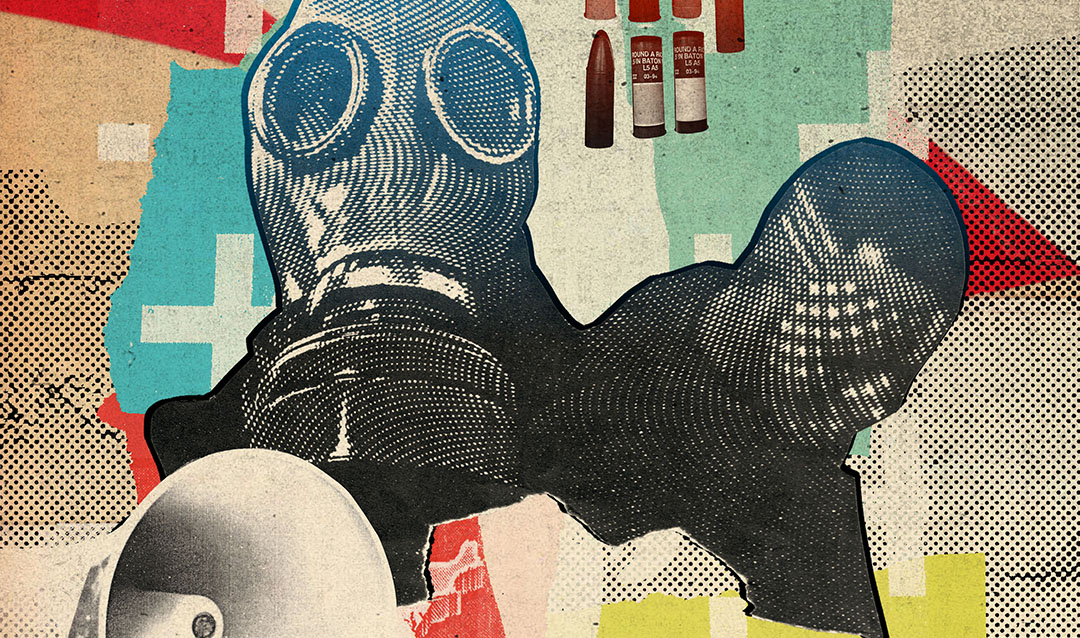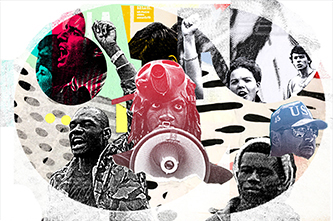In the last decade, protest has become mainstreamed in America—both on the left and right sides of the political spectrum, says political scientist and activist Anthony DiMaggio. Not since the 1960s has the United States seen such a “never-ending wave of protests.”
Shortly after the 2008 financial crisis came the Tea Party protests over taxation and government spending, followed by protests over Wisconsin Gov. Scott Walker’s collective bargaining legislation. Next was Occupy Wall Street (economic inequality), the Fight for 15 (minimum wage), Black Lives Matter (police brutality), anti-Trump protests and the #MeToo movement (sexual harassment in the workplace). Demonstrations over environmental concerns also have occurred throughout.
In his book, “Rebellion in America: Citizen Uprisings, the News Media, and the Politics of Plutocracy,” DiMaggio, an associate professor of political science, dissects the progression of recent social movements, along with the populism of both Sen. Bernie Sanders on the left and former President Donald Trump on the right. He uses his experiences—at Tea Party protests, the Capitol building in Madison, Wis., and anti-Trump protests—along with media reports and public opinion data to understand the motivating and driving factors for those involved in each of the movements.
Studying these movements is important, DiMaggio says, because researchers do not have a great understanding of how social movements impact the political process.
“We risk, especially in these disciplines like political science, coming off as really disconnected and aloof from reality when these things are happening under our noses and people aren't writing about them,” DiMaggio says.






